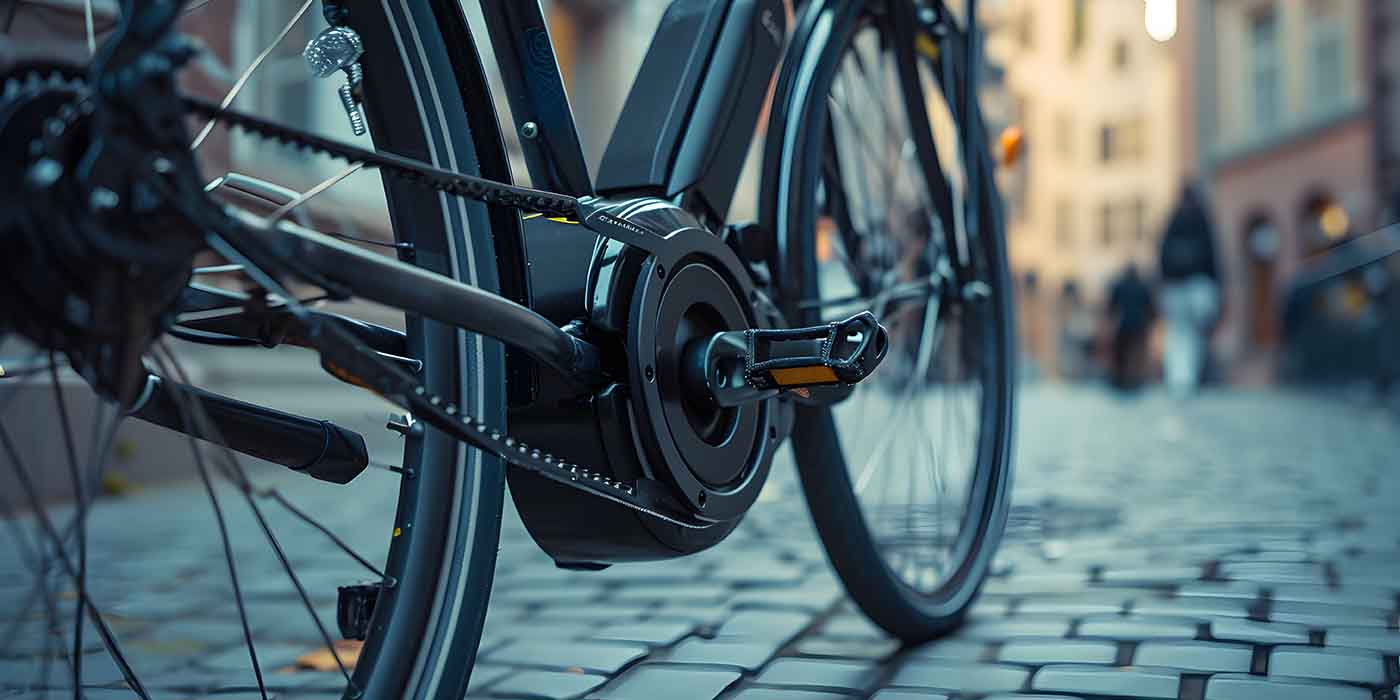Over the past several years, I’ve spent a lot of time looking at dealership numbers and talking to sales and finance managers about how they do what they do. I have been able to quantify and explain why particular behaviors, environments and approaches produce the best results in a finance office.
In this three-part series, I will share with you how top-performing finance managers convince customers to finance with their dealerships instead of using their own financing or cash that they have on hand.
I would like to start by saying that conversions are successful about 10 to 20 percent of the time. This percentage shift adds between $50 and $250 to your Per Vehicle Sold (PVS) average. This can make a huge difference to both you and the dealership.
The most important thing that all successful finance people can do is to keep the customer’s ego out of the discussion. If a finance person comes across as telling the customer what to do with his or her money, the customer will defend him or herself. If, on the other hand, the finance person provides information that makes it easy for the customer to make the logical decision, then the help is appreciated and people’s egos go along for the ride.
Step One: Find out where the money is coming from
The easiest place to start this conversion is at the finance manager’s first meet-and-greet. I talked about this in last month’s article, Meet the Customer Early, which is available in the MPN online archives.
After verifying that the customer’s information is correct, complete and legible, say, “The last piece of information I need is your lienholder’s address.” The customer might answer in a variety of ways, and you’ll be able to determine where the money is coming from and whether they have a lienholder based on how they answer. It’s a reasonable question because you need this information in order to register the lien.
Step Two: Present your evidence
If you are dealing with a true cash customer — not a credit card or cash from the bank — make a series of arguments against cash payment.
Mortgage: If customers have mortgages, it might make sense for them to use the cash they have saved to pay down their mortgage rather than to buy a motorcycle. Here’s an example of the math that goes along with your proposal. Feel free to do this calculation with the amount and interest rate you feel makes sense.
If a customer has a $100,000 mortgage, and they put $10,000 toward the principal on the loan, it would shorten the loan by five years. With an interest rate of 4.25 percent, payments would be $491. That would create a savings of almost $30,000 ($491 x 60 months), and with mortgage insurance and all the extra costs, the total savings would be around $37,500 by saving five years on a mortgage.
Forced savings plan: The idea here is that people should save a little money each month. By keeping money in the bank and making affordable payments, people are able to be in the same situation at the end of the loan with the security of having that money available to them if an unforeseen emergency arises.
Keeping credit current: With the insecurities of today, it’s important to make sure that all avenues are open in case of an emergency. By using a small amount of cash as a down payment and keeping the remainder in the bank, customers will not only have a current credit history but also cash on hand. This allows customers to borrow money for larger needs and have cash to cover smaller emergencies.
Step Three: Close
You want to include these word tracks when you ask a buyer to choose your financing plan:
- “I am not telling you what to do.” This further disarms the ego.
- “This loan can be paid off at any time.” If customers know that they can pay the loan off or refinance it at their bank, it’ll make them feel more comfortable going forward with your financing plan.
- “If it makes sense for you, did you want to go ahead and finance through us?” When you say this, it makes it hard for the customer to say no. It also allows you to back out if you’re not able to get someone approved. If they say yes, take their information, and assume they are going to finance with you.
I guarantee you this: every time you don’t swing, you miss. Swing for the fences every time, and it will always make a difference.
Steve Dodds II is a moderator, trainer and consultant for Gart Sutton and Associates with experience in every position in the sales and finance departments. Dealers rave about his ability to identify areas for improvement and implement the changes that produce superior results. If you have questions about what he or one of our other talented consultants can do for you, contact us at [email protected].













